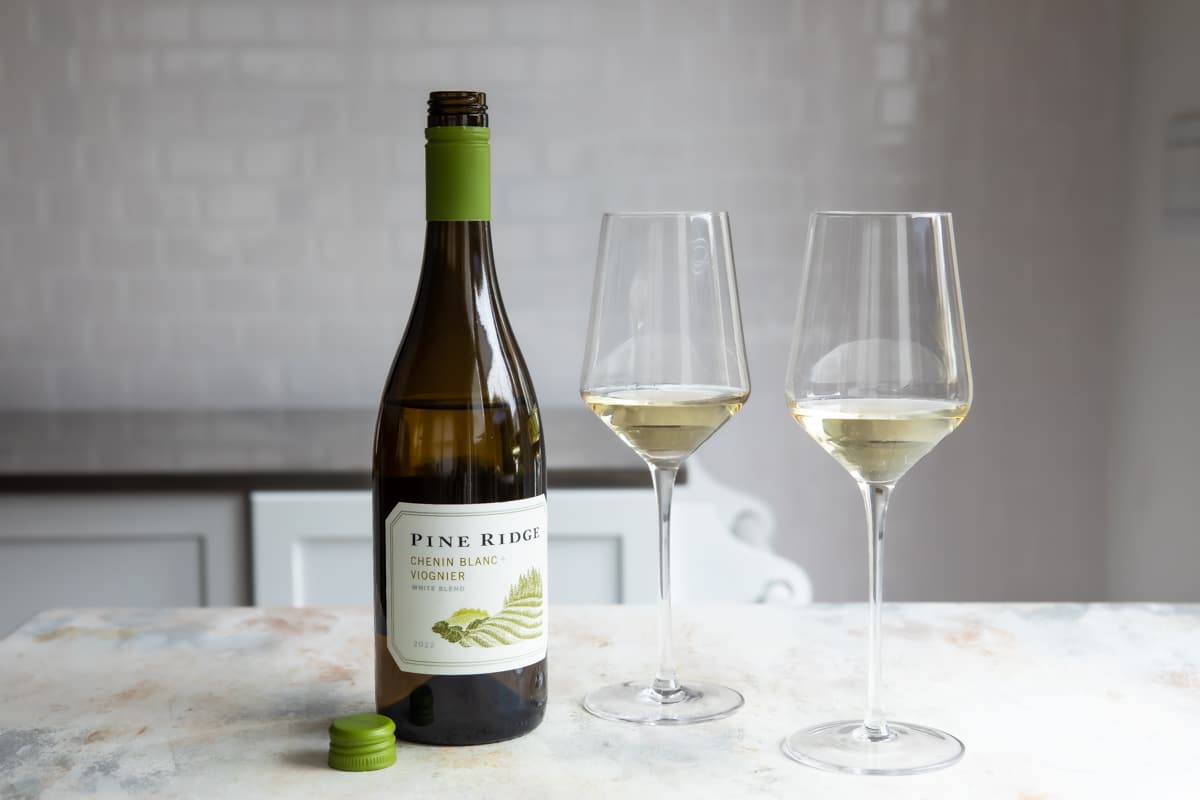

Articles
How To Store White Wine After Opening
Modified: January 23, 2024
Discover the best techniques and tips for storing white wine after opening in our informative articles. Proper storage ensures freshness and flavor preservation for your favorite white wines.
(Many of the links in this article redirect to a specific reviewed product. Your purchase of these products through affiliate links helps to generate commission for Storables.com, at no extra cost. Learn more)
Introduction
White wine is a popular and refreshing beverage enjoyed by many wine enthusiasts around the world. Whether you prefer a crisp Chardonnay, a zesty Sauvignon Blanc, or a fruity Moscato, properly storing white wine after opening is essential to maintaining its quality and flavor.
Unlike red wine, which can often benefit from being exposed to air, white wine is more delicate and prone to oxidation. Exposure to oxygen can lead to the deterioration of its taste and aroma, making it crucial to handle, store, and enjoy white wine properly.
In this article, we will explore the factors that affect the shelf life of white wine, provide best practices for storing it after opening, discuss techniques to preserve its freshness, and highlight common mistakes to avoid. By following these guidelines, you can ensure that your white wine remains enjoyable long after it has been opened.
Key Takeaways:
- Properly storing white wine after opening is crucial to maintain its quality and flavor. Factors like temperature, light, and oxygen exposure impact its shelf life. Following best practices and avoiding common mistakes can help preserve its delightful flavors and aromas.
- Techniques such as refrigeration, using wine-preserving tools, and transferring to smaller containers can extend the freshness of white wine after opening. Avoiding mistakes like heat exposure and improper sealing ensures that each sip remains enjoyable.
Read more: How To Store Sparkling Wine After Opening
Understanding White Wine Storage
Properly understanding white wine storage is essential for preserving its quality and flavor. The key factors to keep in mind are temperature, light, humidity, and storage position.
Temperature: White wine should be stored at a consistent temperature between 45°F and 55°F (7°C and 13°C). Extreme temperature fluctuations can cause the wine to age prematurely or spoil. Avoid storing white wine in areas exposed to direct sunlight or near heat sources such as ovens or radiators.
Light: Ultraviolet (UV) rays from sunlight can degrade the organic compounds in white wine, leading to unpleasant aromas and flavors. It is best to store white wine in a dark place or use UV-blocking wine storage solutions.
Humidity: While white wine does not require high humidity levels like some red wines, it is important to maintain a humidity range of 50-80%. Low humidity can dry out the cork, causing it to shrink and leading to premature oxidation. High humidity can promote the growth of mold or weaken the label. Consider using a wine refrigerator or cellar that offers humidity control.
Storage Position: When storing white wine, it is generally recommended to store bottles horizontally. This allows the wine to keep the cork moist, preventing it from drying out and allowing air to enter the bottle. However, if you have screw-top bottles, vertical storage is also acceptable.
By understanding these aspects of white wine storage, you can create the ideal environment to keep your wine fresh and maintain its desired characteristics.
Factors That Affect White Wine’s Shelf Life
White wine’s shelf life can be influenced by various factors, including the wine’s quality, storage conditions, and the presence of preservatives. Understanding these factors is crucial for determining how long your white wine can be enjoyed after opening. Let’s explore them in more detail:
1. Wine Quality: The quality and integrity of the white wine itself play a significant role in determining its shelf life. Higher-quality white wines, particularly those made from certain grape varieties like Riesling or Chenin Blanc, tend to age well and can last longer after opening. Conversely, lower-quality wines or those with inherent flaws may deteriorate more quickly.
2. Oxygen Exposure: Oxygen is both a friend and foe to white wine. While small amounts of oxygen can help develop complex flavors and aromas during the winemaking process, overexposure to oxygen after opening can accelerate oxidation, resulting in a loss of freshness and a deterioration of the wine’s taste. To minimize oxygen exposure, use airtight wine bottle stoppers or vacuum sealers.
3. Temperature Fluctuations: Temperature fluctuations can have a detrimental effect on white wine. Significant changes in temperature can cause the wine to expand and contract, leading to leakage and potential oxidation. It is crucial to store white wine in a cool, consistent environment to maximize its shelf life.
4. Light Exposure: Exposure to light, especially direct sunlight or UV rays, can damage white wine. UV rays can react with the wine’s organic compounds, resulting in unpleasant aromas and flavors. To protect your white wine, store it in a dark place or use UV-blocking wine storage options.
5. Level of Sulfites: Sulfites, which are naturally present in wine or added as a preservative, can affect its shelf life. Sulfites can slow down the oxidation process and help preserve the wine’s freshness. However, some individuals may be sensitive to sulfites, so it’s important to be aware of their presence and choose wines accordingly.
6. Residual Sugar: The amount of residual sugar in white wine can impact its aging potential. Wines with higher sugar levels, such as dessert wines, tend to have a longer shelf life due to the sugar acting as a natural preservative. Dry white wines with minimal residual sugar may not age as gracefully and are best consumed within a shorter time frame.
By considering these factors, you can make informed decisions about how to store and enjoy your white wine after opening, ensuring that it remains of the highest quality for as long as possible.
Best Practices for Storing White Wine After Opening
After opening a bottle of white wine, it’s important to follow best practices to maintain its freshness and preserve its flavors. By implementing these storage techniques, you can extend the shelf life of your white wine and continue to enjoy its taste. Here are some best practices to consider:
- Re-cork or Seal Properly: As soon as you’ve poured the desired amount of wine, re-cork the bottle tightly or use a wine stopper or vacuum sealer to create an airtight seal. This prevents excessive oxygen exposure, which can hasten oxidation and spoilage.
- Store in the Refrigerator: White wine is best stored in the refrigerator after opening. The cool temperature helps slow down oxidation and preserves the wine’s freshness. Aim to keep the temperature between 40°F and 50°F (4°C and 10°C).
- Protect from Light: Light, particularly UV rays, can degrade the quality of white wine. Keep the bottle away from direct sunlight and store it in a dark place, such as a pantry or wine refrigerator with opaque doors.
- Minimize Temperature Fluctuations: White wine is sensitive to temperature fluctuations. Avoid placing the bottle near heat sources or storing it in areas prone to temperature changes, such as near an oven or on top of the refrigerator, as this can accelerate spoilage.
- Finish the Bottle: While white wine can be stored after opening, it’s best to consume it within a few days to a week for optimal freshness. With prolonged exposure to oxygen, the flavors and aromas of white wine may deteriorate. If you can’t finish the entire bottle, consider using a smaller container to reduce the wine-to-air ratio or invite friends to share.
- Keep Away from Strong Odors: White wine can absorb odors from its surroundings. Keep the bottle away from strong-smelling substances, such as cleaning products or pungent foods, to prevent the wine from acquiring unpleasant odors.
By following these best practices, you can maximize the shelf life of your white wine after opening, ensuring that each glass retains its delightful flavors and aromas. Now, let’s explore some techniques to help you preserve the freshness of white wine even longer.
After opening a bottle of white wine, re-cork it tightly and store it in the refrigerator to slow down oxidation. Use a wine vacuum pump to remove excess air and extend the wine’s shelf life.
Techniques to Preserve the Freshness of White Wine
Preserving the freshness of white wine after opening is key to enjoying it at its best. By employing these techniques, you can extend the shelf life of your wine and retain its vibrant flavors and aromas for a longer period. Here are some effective techniques to try:
- Refrigerate the Wine: Storing white wine in the refrigerator, whether opened or unopened, helps slow down the oxidation process. The cool temperature inhibits the growth of microbes and preserves the wine’s freshness. Remember to take the wine out of the refrigerator a short time before serving to allow it to warm up slightly to the ideal drinking temperature.
- Use Wine Preserving Tools: Various wine-preserving tools are available on the market to prolong the life of opened white wine. One popular option is a vacuum wine pump, which removes excess air from the bottle, minimizing oxygen exposure. Another tool is a wine preserver spray, which forms a protective layer of inert gas, such as argon or nitrogen, on top of the wine to prevent oxidation.
- Transfer to Smaller Containers: When a bottle of white wine is opened, the wine-to-air ratio increases, accelerating oxidation. Transferring the remaining wine to smaller containers, such as half bottles or even airtight glass jars, can reduce the exposure to air, helping to preserve its freshness. Ensure that the containers are filled to the brim to minimize oxygen contact.
- Recork Properly: When recorking an opened bottle, ensure a tight seal to prevent excessive air exposure. Place the cork firmly back in the bottle or use a wine stopper designed to create an airtight seal. Avoid using plastic wrap or foil alone, as they may not provide sufficient protection against oxidation.
- Keep Wine Bottles Upright: If the white wine has a screw cap or synthetic cork, storing the bottle upright can help prevent any potential leakage. Unlike natural corks, screw caps or synthetic corks do not need to remain moist to maintain their integrity, eliminating the need for horizontal storage.
- Choose Wines with Higher Acidity: White wines with higher acidity, such as Sauvignon Blanc or Riesling, naturally have a better chance of retaining their freshness for a longer period. The acidity acts as a preservative, helping to maintain the wine’s vibrant flavors and prolong its shelf life.
By employing these techniques, you can extend the freshness of your white wine after opening, allowing you to savor every sip of its delightful flavors and aromas. However, it’s essential to be aware of common mistakes to avoid when storing white wine, which we’ll discuss next.
Read more: How To Store Red Wine After Opened
Common Mistakes to Avoid When Storing White Wine
To ensure that your white wine remains in optimal condition, it’s essential to avoid common mistakes that can compromise its quality and taste. By sidestepping these pitfalls, you can enjoy your white wine to the fullest. Here are some mistakes to avoid when storing white wine:
- Exposing Wine to Heat: Heat is one of the biggest enemies of white wine. Avoid storing the wine in areas with high temperatures, such as near ovens or heaters. Heat can accelerate the aging process and spoil the flavors and aromas of the wine.
- Storing Wine in the Fridge Door: While the refrigerator is an ideal storage place, the door is subject to temperature fluctuations every time you open it. Instead, store your white wine in the main body of the refrigerator to maintain a more consistent temperature.
- Keeping Wine Near Strong Odors: White wine can easily absorb odors from its surroundings. Avoid storing it near potent-smelling substances like cleaning products or spices, as it can alter the aroma and taste of the wine.
- Not Closing the Bottle Properly: Failing to reseal the bottle tightly after pouring can expose the wine to excessive oxygen, leading to oxidation. Make sure to re-cork the bottle tightly or use wine stoppers or vacuum sealers to create an airtight seal.
- Storing in Well-Lit Areas: White wine is sensitive to light, especially UV rays. Storing it in well-lit areas or under direct sunlight can cause undesirable chemical reactions, resulting in off-flavors and aromas. Opt for a dark storage area or use UV-blocking wine storage options.
- Keeping Wine Bottles Upright: While storing white wine bottles upright is recommended for those with screw caps or synthetic corks, maintaining upright storage for wines with natural corks can cause the cork to dry out. Dry corks can allow air to seep into the bottle, leading to oxidized wine. Store wines with natural corks horizontally to keep the cork moist.
- Ignoring the Wine’s Shelf Life: Each white wine has a different shelf life once opened. Neglecting to consume the wine within the recommended time frame can result in a loss of flavor and aroma. Check the producer’s guidelines or consult a wine expert to determine the expected shelf life of your specific white wine.
By avoiding these common mistakes, you can ensure that your white wine remains fresh, flavorful, and enjoyable long after it has been opened. Proper storage and handling will help you make the most out of every bottle.
Conclusion
Properly storing white wine after opening is essential to maintain its quality, flavor, and freshness. By understanding the factors that affect white wine’s shelf life, following best practices for storage, and implementing techniques to preserve its freshness, you can extend the enjoyment of your favorite white wines. Avoiding common mistakes ensures that your wine remains in optimal condition for as long as possible.
Remember to store white wine in a cool and consistent temperature, away from light and heat sources. Using airtight seals and refrigeration can slow down oxidation and preserve the wine’s freshness. Consider transferring the wine to smaller containers to reduce air exposure, especially if you can’t finish the entire bottle in one sitting.
Additionally, be mindful of the wine’s quality, acidity levels, and the presence of preservatives like sulfites. These factors can influence the wine’s aging potential and shelf life. Storing white wine bottles horizontally, except for those with screw caps or synthetic corks, helps keep the corks moist and prevents air from entering the bottle.
Lastly, avoid common mistakes such as exposing the wine to heat, storing it near strong odors, or failing to seal the bottle properly. These oversights can negatively impact the wine’s flavor and aroma. By being mindful of these storage practices and techniques, you can ensure that your white wine remains a delightful and refreshing experience long after it has been opened.
So, the next time you uncork a bottle of white wine, follow these guidelines to store it properly and savor every sip of its vibrant flavors and enticing aromas. Cheers to enjoying your favorite white wines at their best!
Frequently Asked Questions about How To Store White Wine After Opening
Was this page helpful?
At Storables.com, we guarantee accurate and reliable information. Our content, validated by Expert Board Contributors, is crafted following stringent Editorial Policies. We're committed to providing you with well-researched, expert-backed insights for all your informational needs.
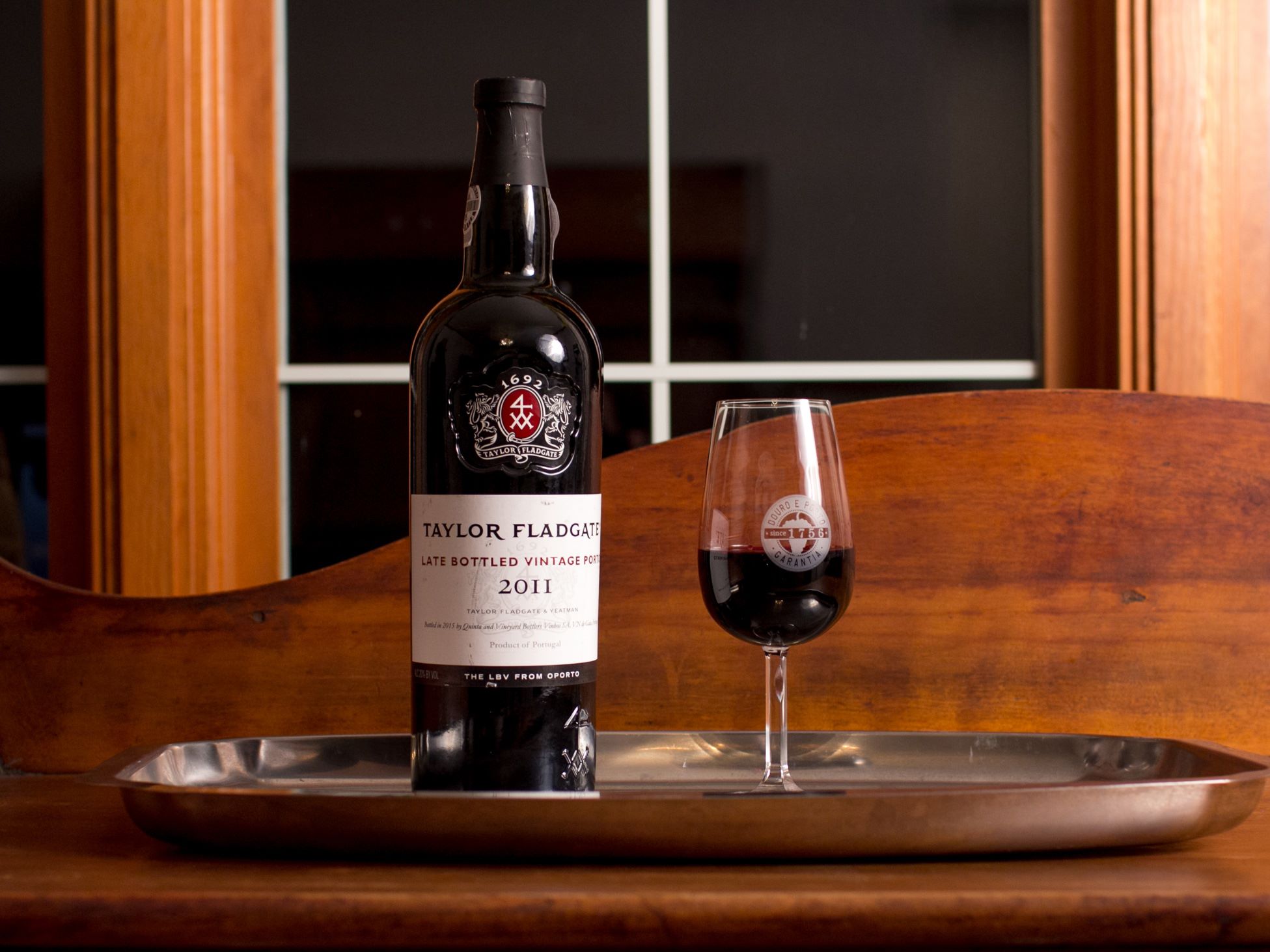
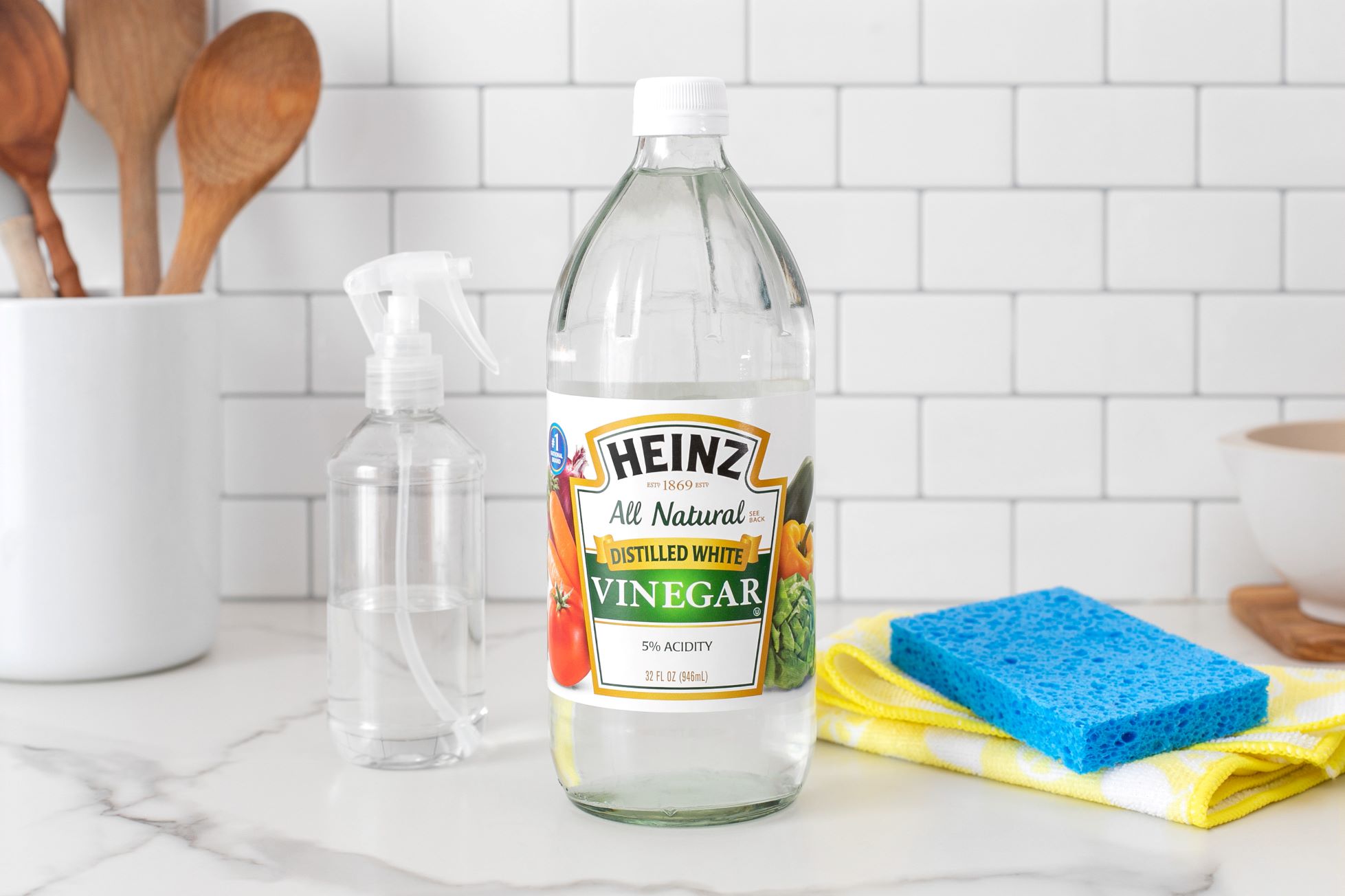
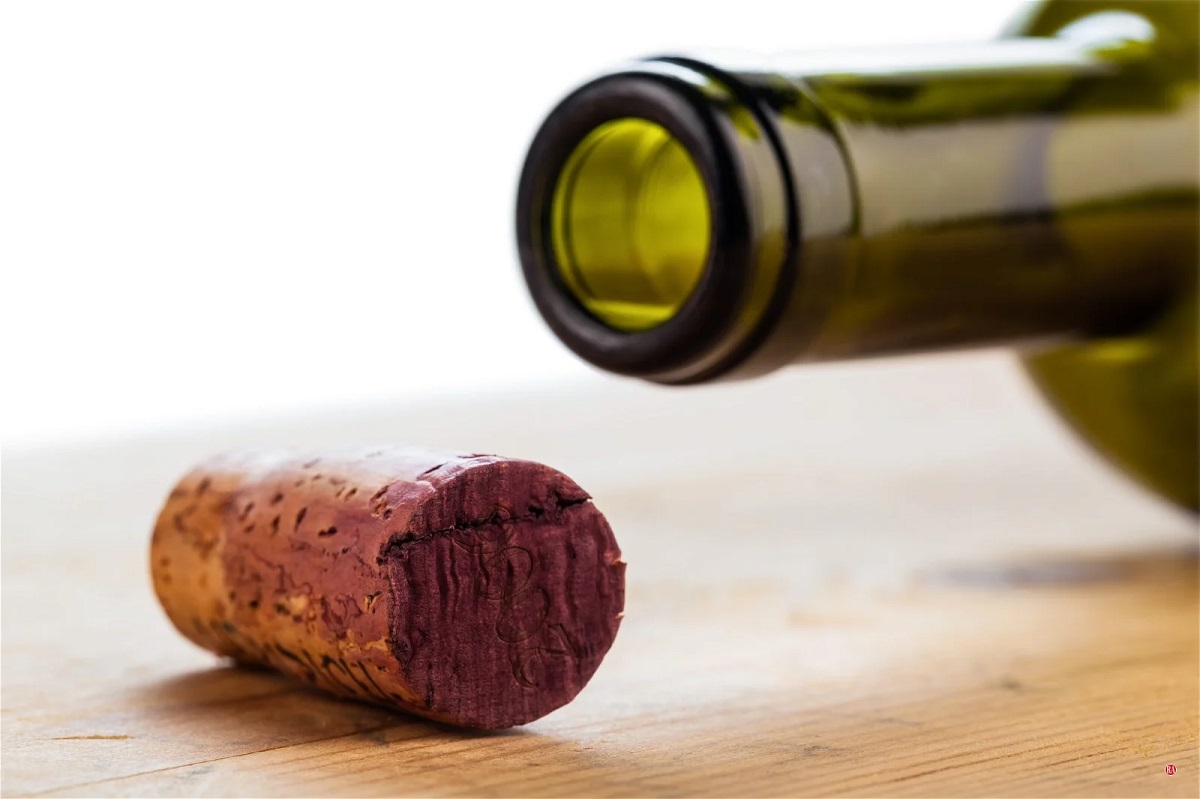
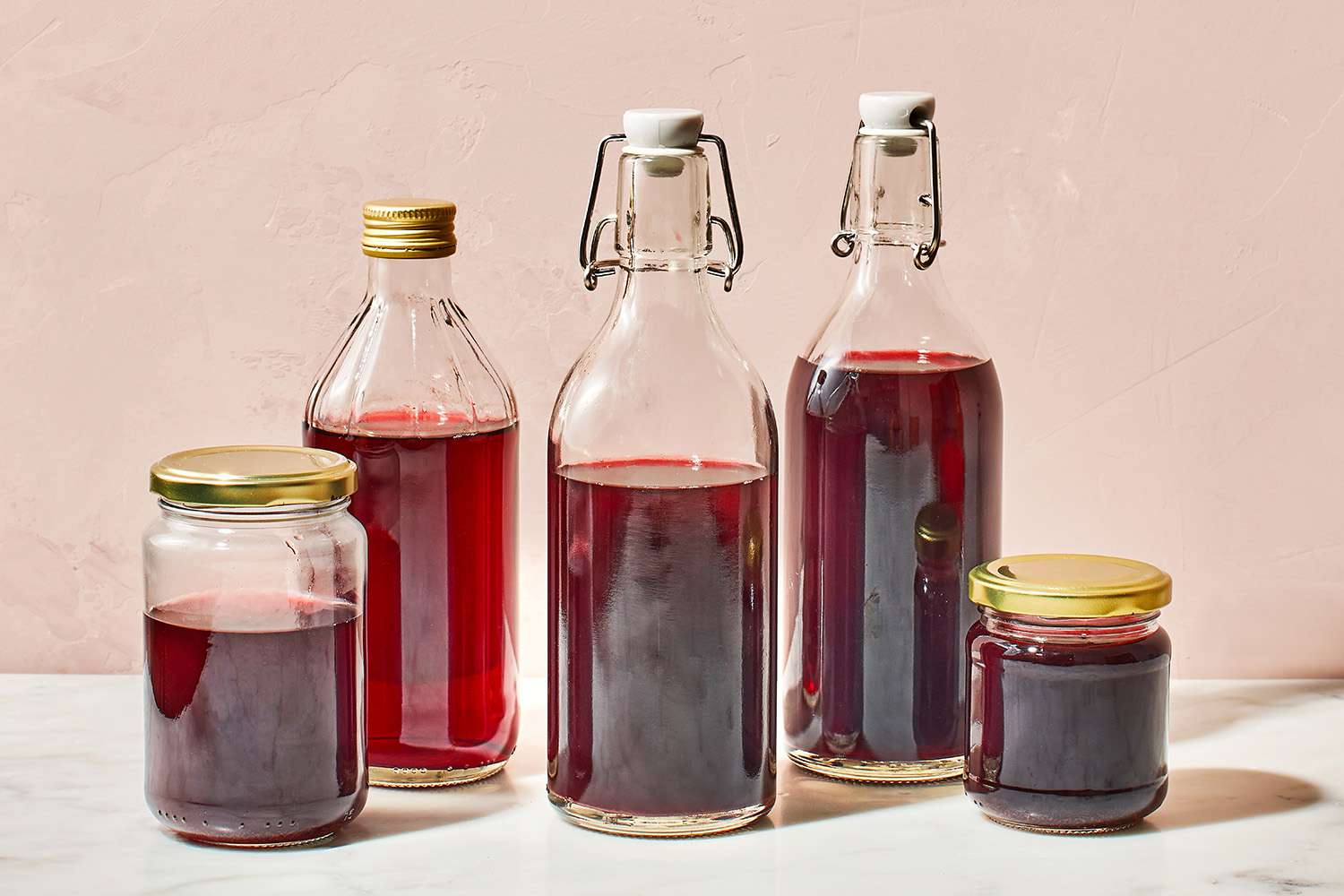
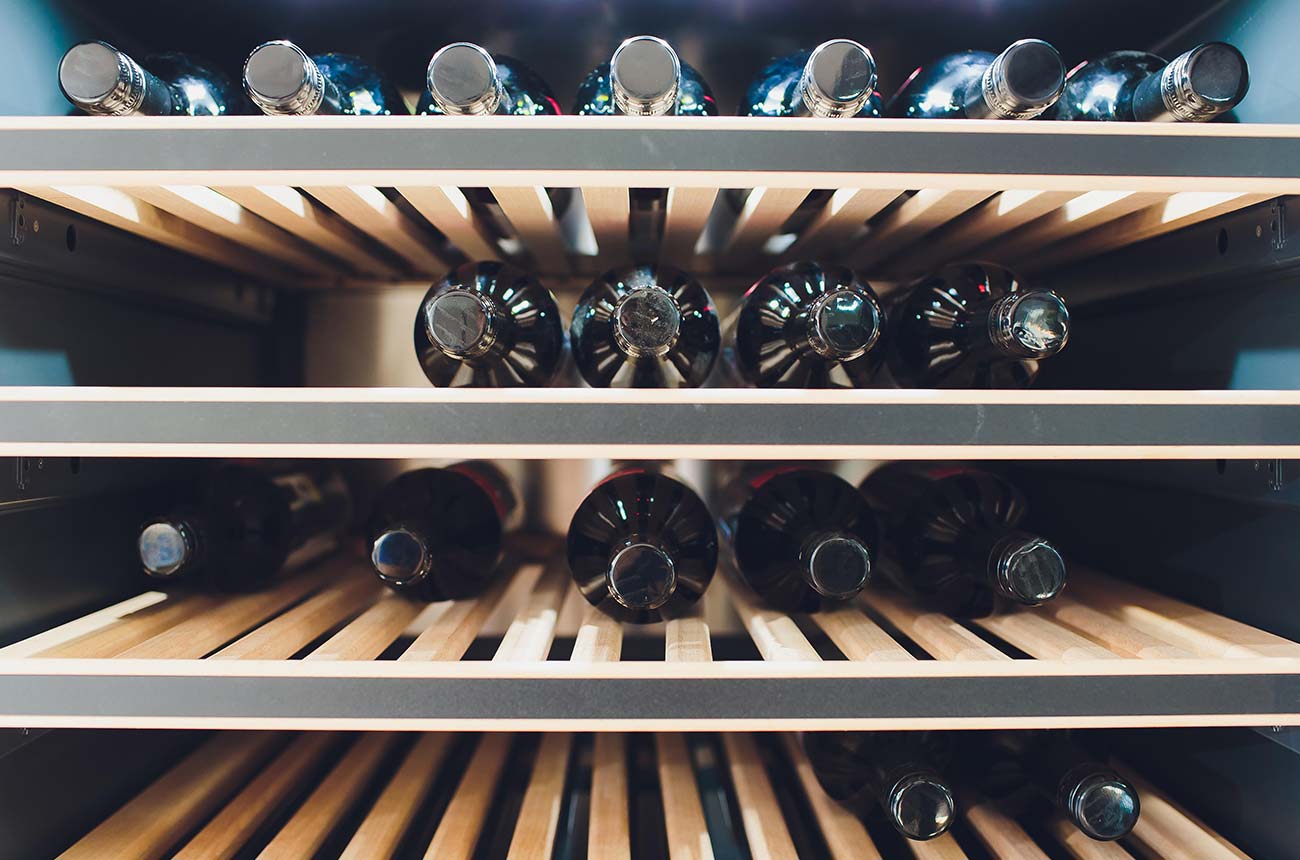
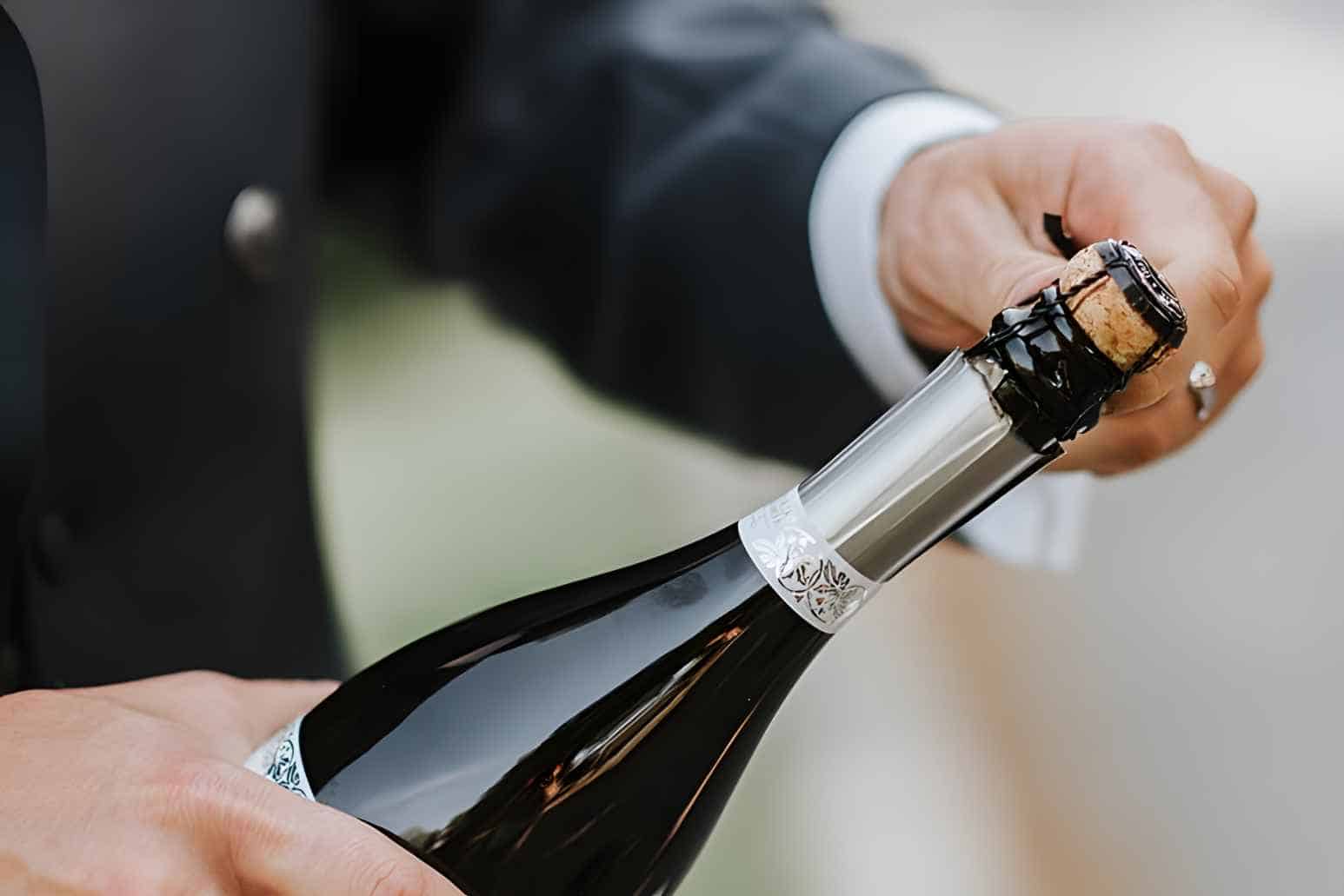
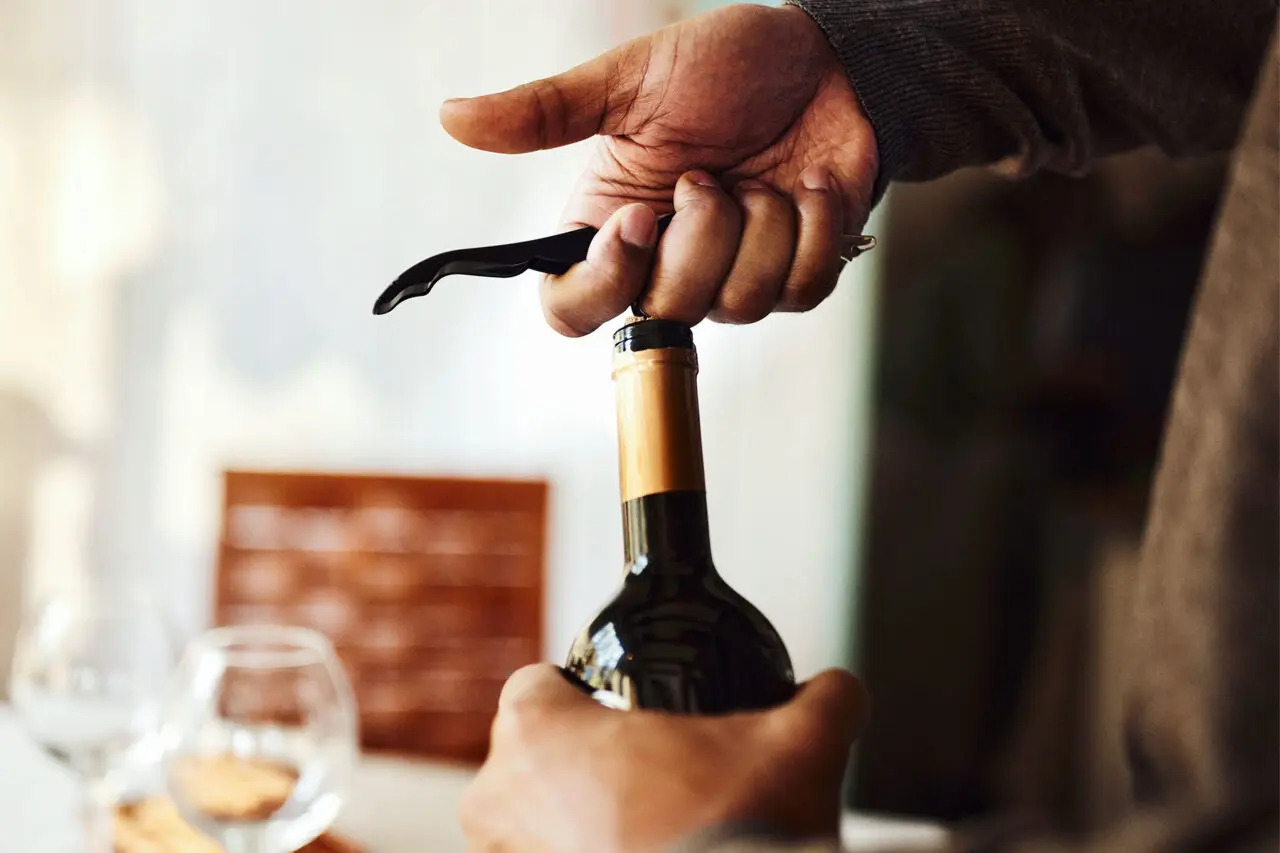
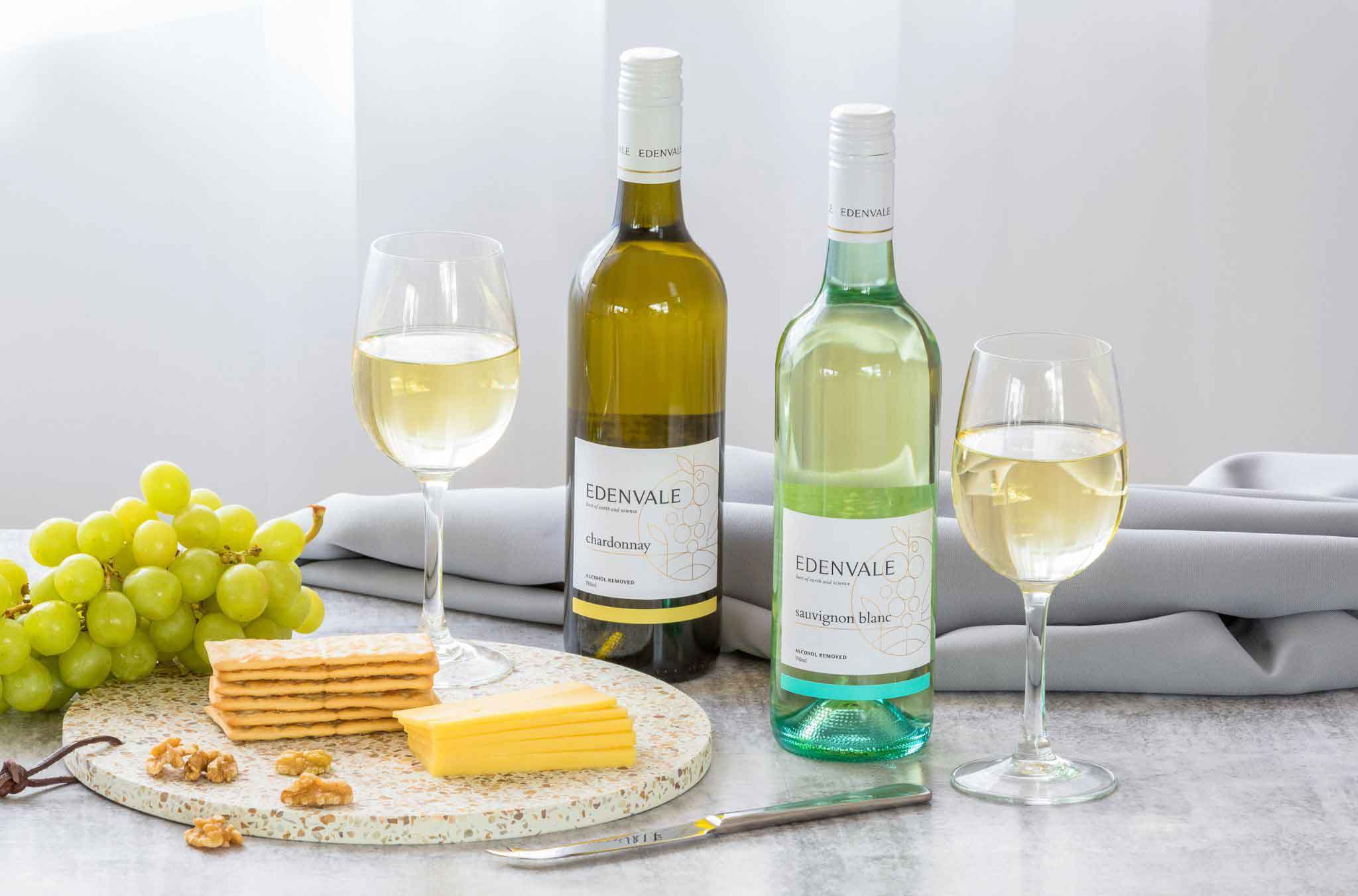
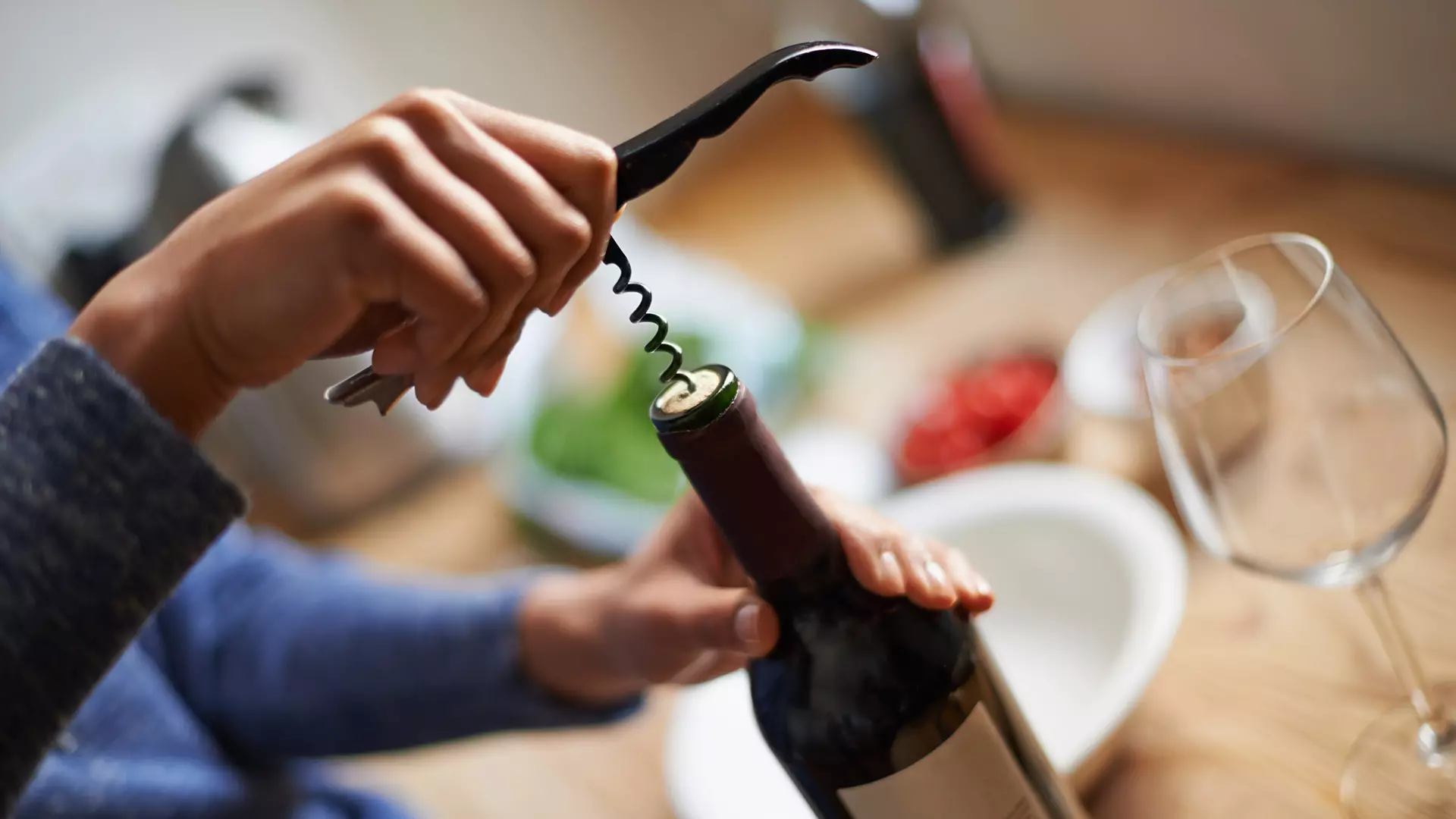
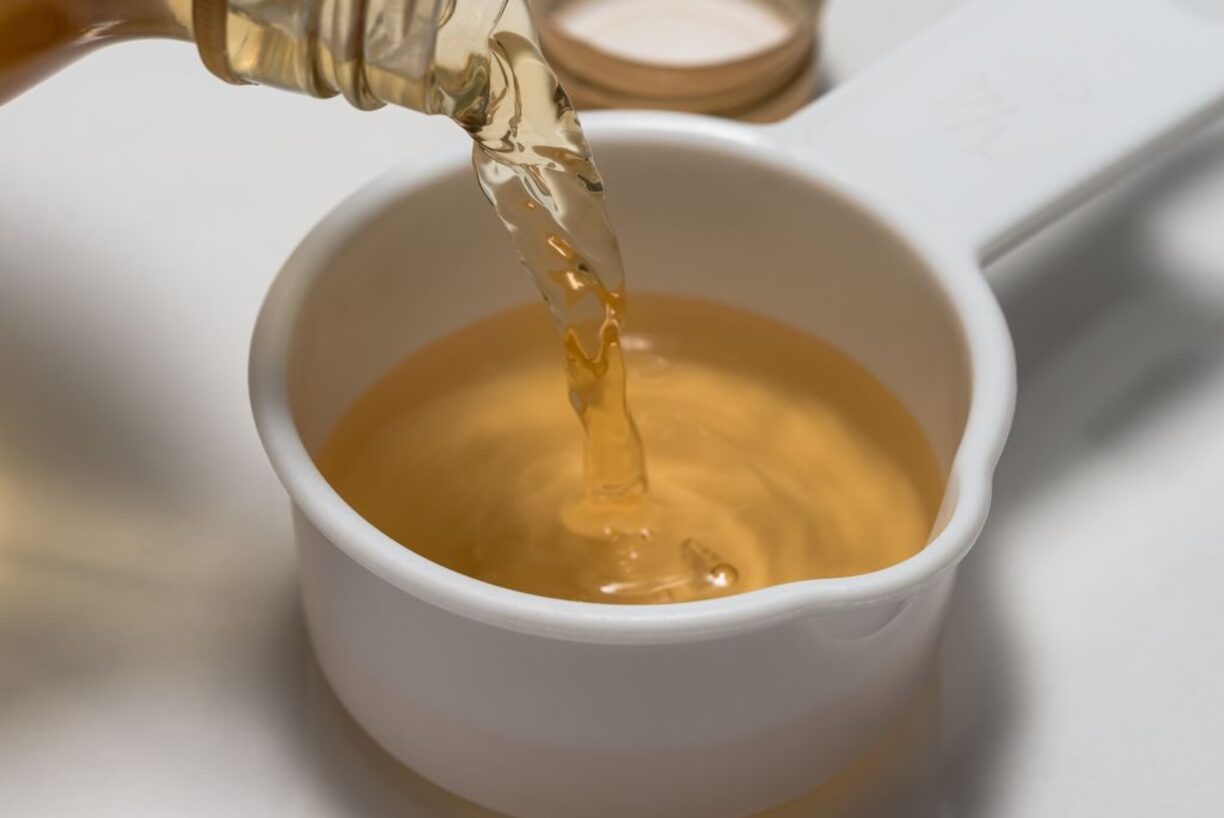
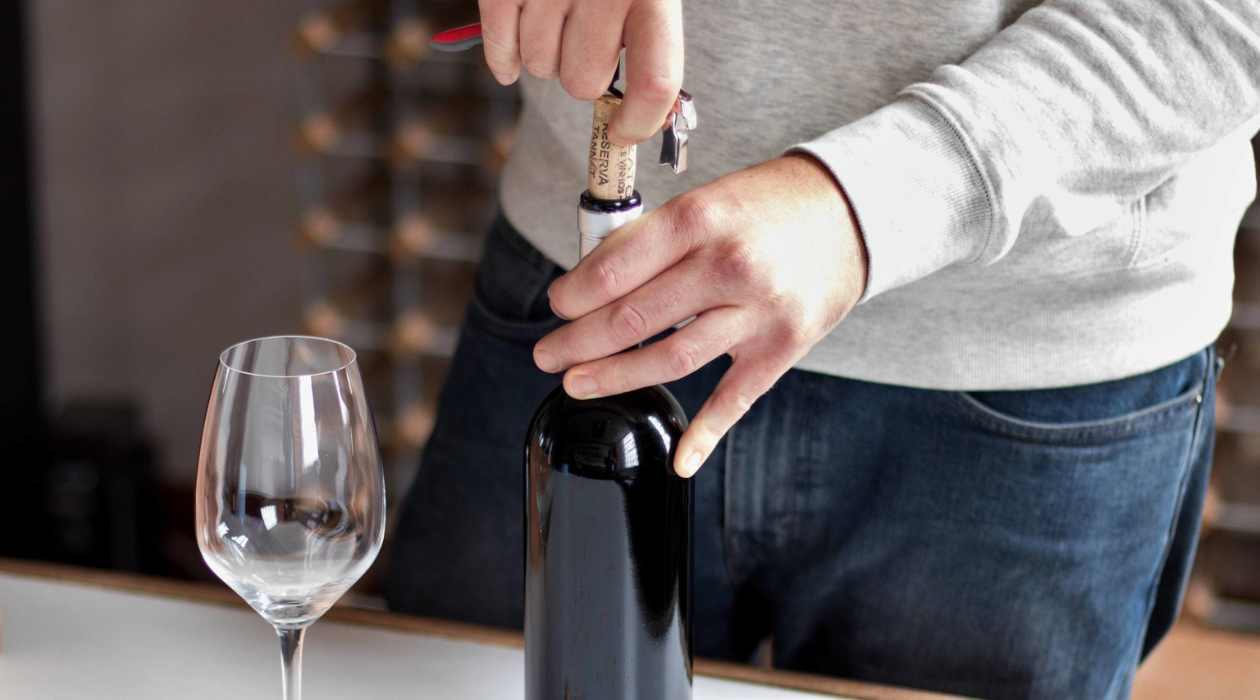
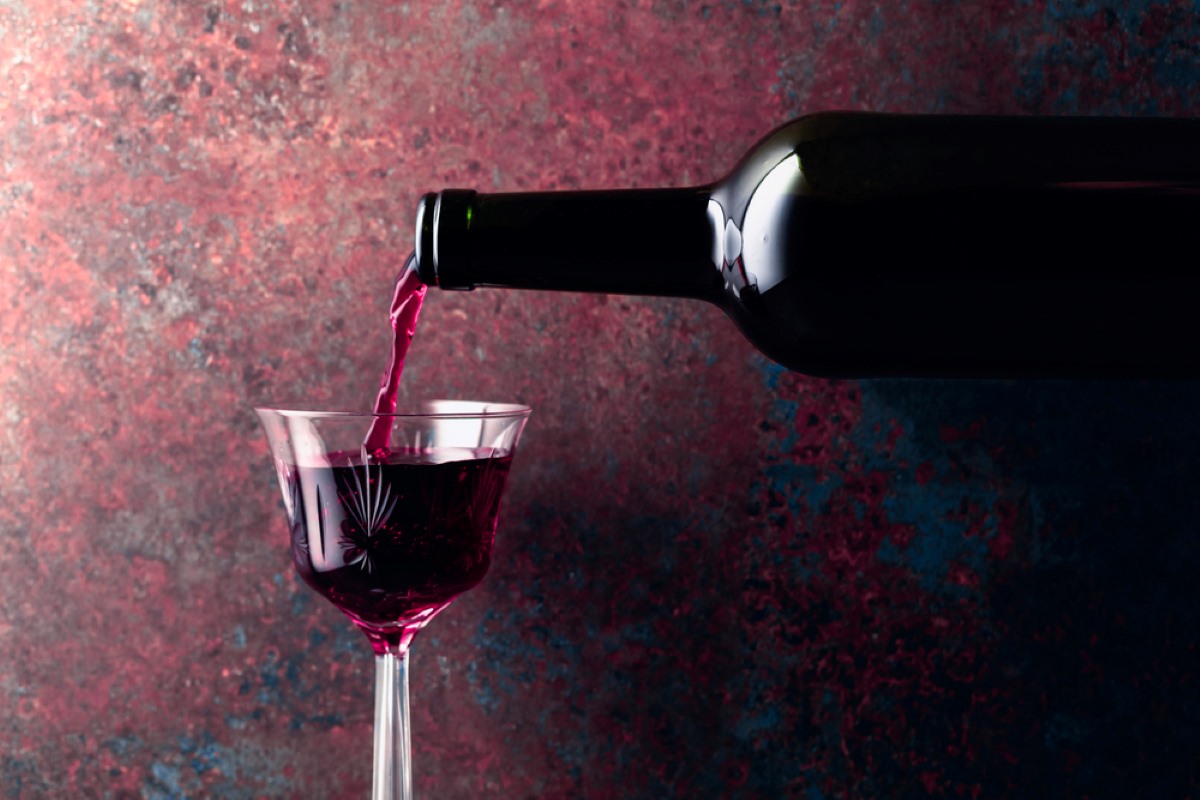
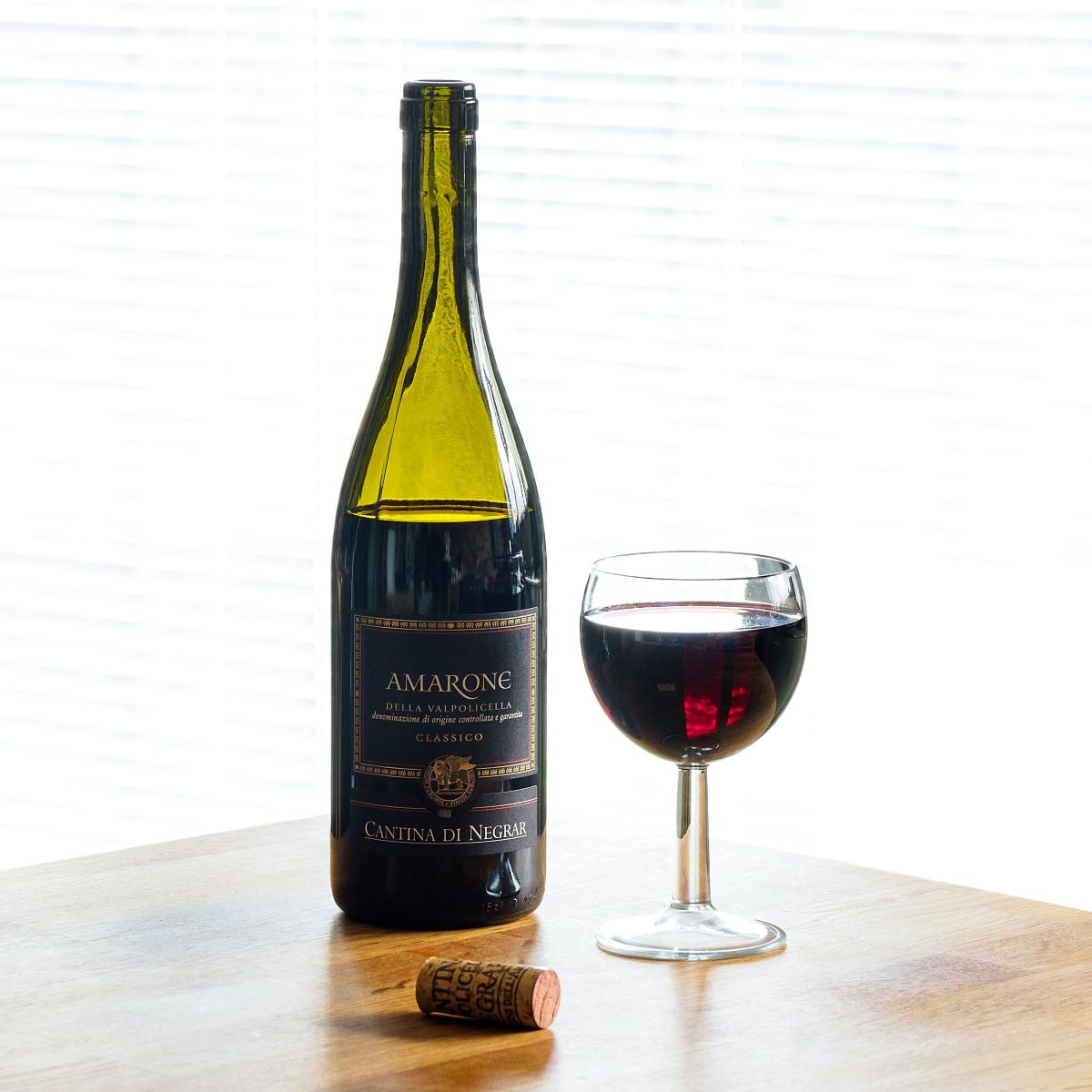
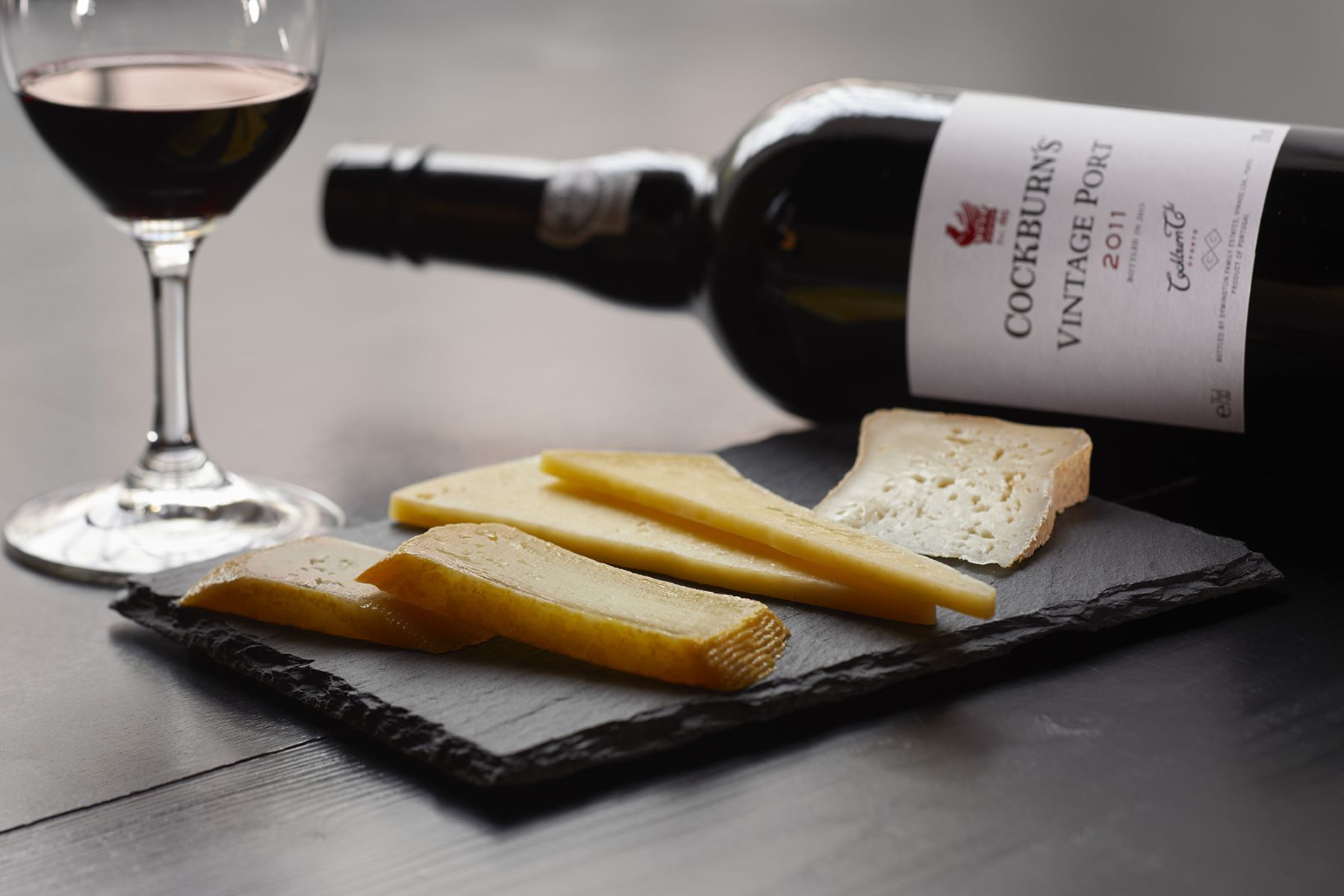

0 thoughts on “How To Store White Wine After Opening”